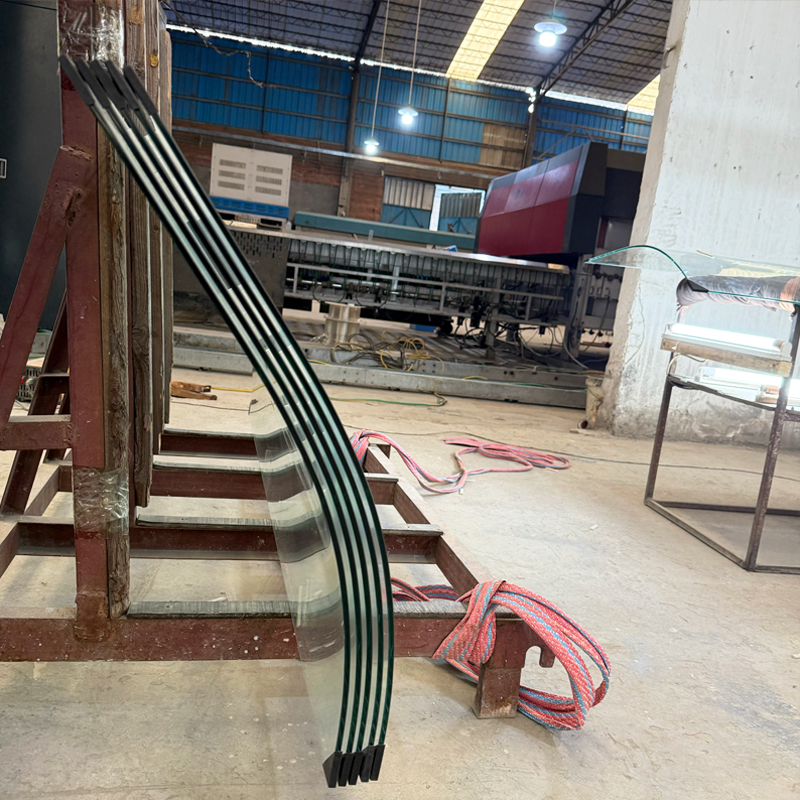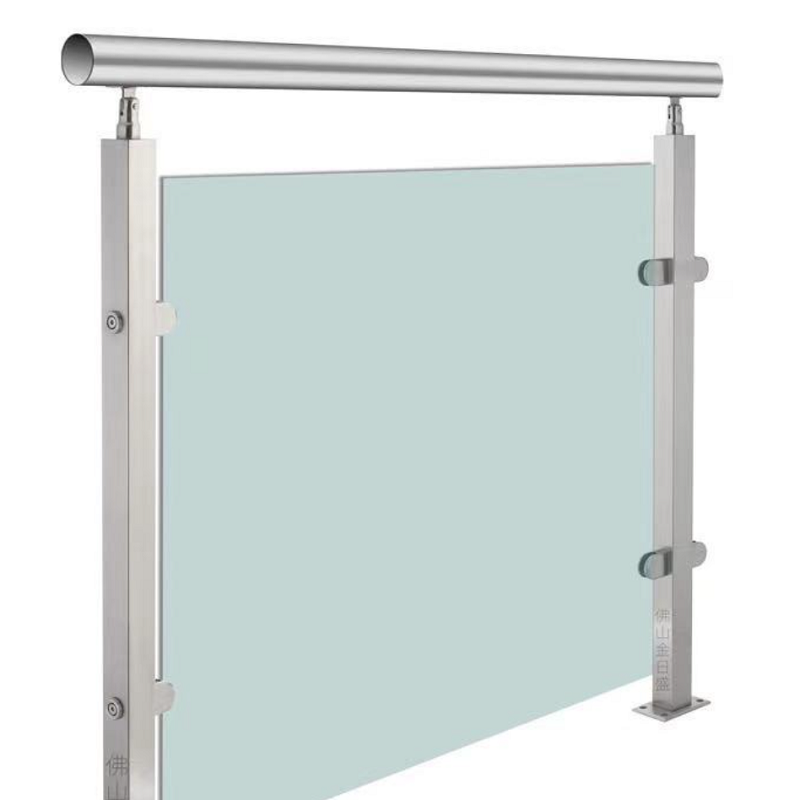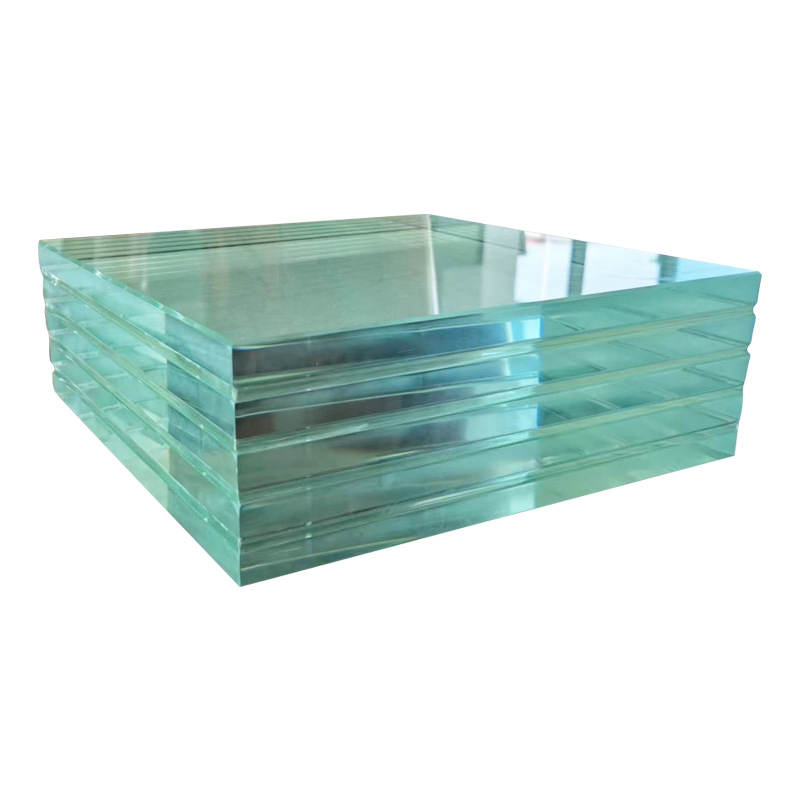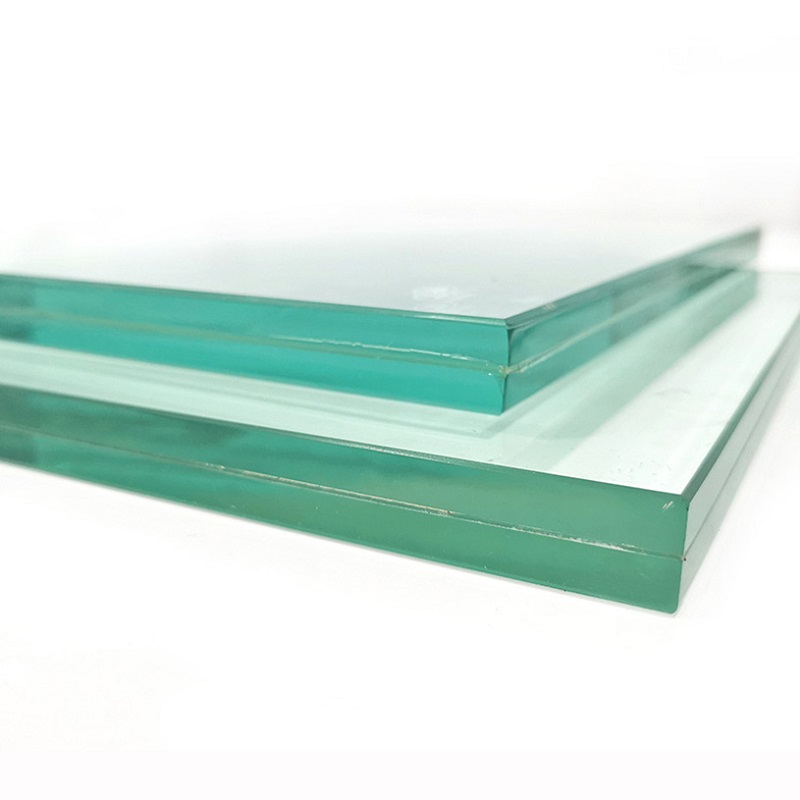The Past, Present, and Future of Curved Tempered Glass: Technological Evolution and Future Trends
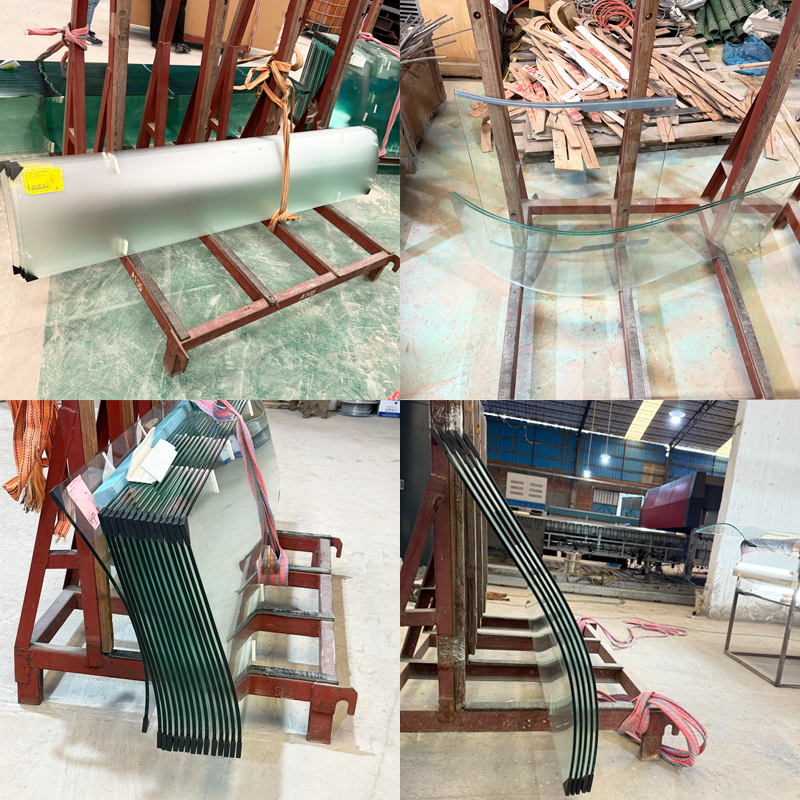
I. The Past: Technological Breakthrough from Straight Lines to Curves
The birth of tempered glass laid the groundwork for the emergence of curved tempered glass. In the mid-19th century, European craftsmen first attempted to enhance the strength of glass by heating it and then quenching it. Although this primitive tempering process was immature, it revealed the core principle of "quenching strengthening" of glass. At that time, tempered glass was mostly in a flat form, mainly used in automobile windshields and industrial observation windows. Its hard and impact-resistant properties solved the problem of ordinary glass being fragile, but the limitation of straight lines also made designers yearn for curves.
In the mid-20th century, with the exploration of special-shaped structures in the construction industry, the demand for curved glass became increasingly urgent. Traditional flat tempered glass could not meet the design needs of curved buildings, and untempered ordinary curved glass had potential safety hazards, so the research and development of curved tempered glass was imminent. Early attempts were full of challenges: glass was prone to deformation and uneven thickness when bent at high temperatures, and it was even more likely to break due to uneven stress distribution during quenching and tempering. It was not until the 1960s that German engineers realized the mass production of curved tempered glass by improving the mold design and temperature control system. They heated the glass to near the softening point (about 600-650°C), used precision molds to make the glass bend naturally, and then quickly tempered it with uniform cold air, so that the glass surface formed compressive stress and the interior formed tensile stress, which not only retained the curved shape but also inherited the high strength characteristics of tempered glass.
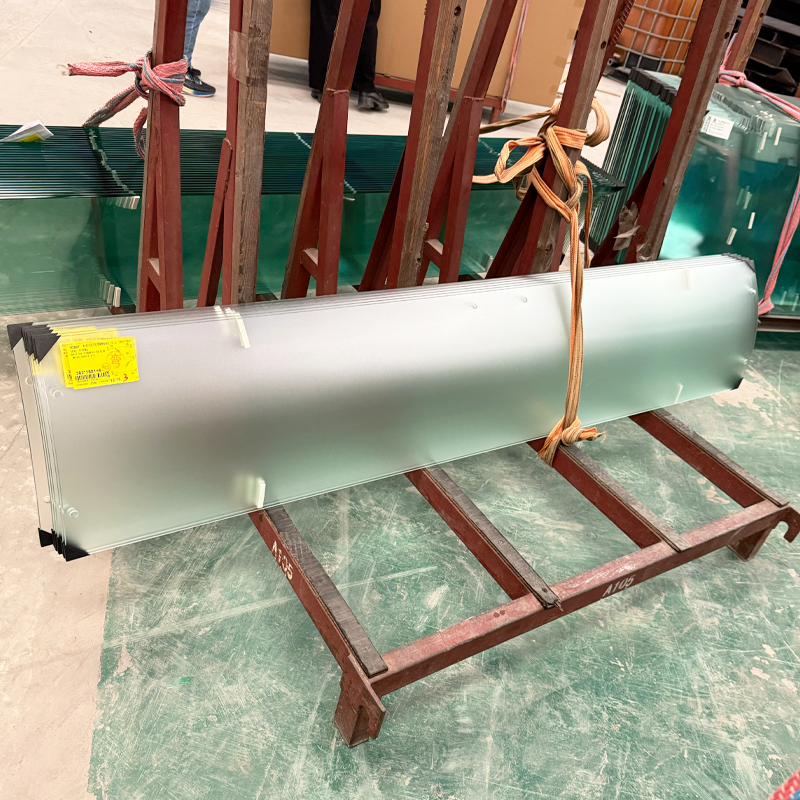
II. The Present: Technological Iteration and the Explosion of Diversified Applications
Entering the 21st century, the technological evolution of curved tempered glass has entered a fast lane, and the rise of custom curved tempered glass has become the most prominent symbol. Traditionally standardized curved tempered glass is difficult to meet the needs of complex designs, while customized technology has made the "bending" of glass more precise and free through three core breakthroughs.
The innovation of mold technology is the foundation for the realization of custom curved tempered glass. The introduction of 3D printing technology has shortened the production cycle of special-shaped molds from the traditional several weeks to several days, and can accurately restore every curvature detail in the design drawings. For example, the hyperbolic curved tempered glass customized for a super high-rise hotel in Dubai has a curvature error controlled within 0.5 mm, perfectly matching the streamlined appearance of the building.
The intellectualization of the temperature control system has solved the "stress problem" when glass is bent. Modern production lines adjust the heating temperature in real-time through infrared temperature measurement and computer algorithms to ensure uniform heating of the glass during the softening process. In the cold air tempering stage, the multi-stage wind pressure control can adjust the cooling intensity according to the curvature change of the glass to avoid breakage due to excessive local stress. This technology has expanded the thickness range of custom curved tempered glass from 3 mm to 25 mm, which can not only produce lightweight curved glass for furniture but also produce ultra-thick curved tempered glass for bulletproof facilities.
The integration of chemical strengthening technology has further improved the performance of curved tempered glass. On the basis of physical tempering, the sodium ions on the glass surface are replaced with potassium ions through ion exchange technology to form a denser surface structure, which increases the impact strength of curved tempered glass by more than 3 times and can withstand extreme temperature differences from -40°C to 80°C. This feature has made it shine in the new energy vehicle field - the panoramic sunroof of Tesla Model 3 uses custom curved tempered glass, which not only meets the streamlined body design but also can resist the impact of gravel during high-speed driving.
Today, the application of curved tempered glass has penetrated into all aspects of life. In the construction field, the "Steel Phoenix" roof of Beijing Daxing International Airport uses more than 8,000 pieces of curved tempered glass. These glasses form a column-free space with a span of 180 meters through the combination of different curvatures. The sunlight shines into the room through the curved glass, creating a "flowing light and shadow" visual effect. In furniture design, custom curved tempered glass is used to make curved coffee tables and curved screens, and its transparent texture collides with materials such as metal and wood to create a unique modern aesthetic. In the field of rail transit, the front windshield of high-speed trains uses curved tempered glass, which not only reduces air resistance but also can prevent fragments from splashing when hit, ensuring driving safety.
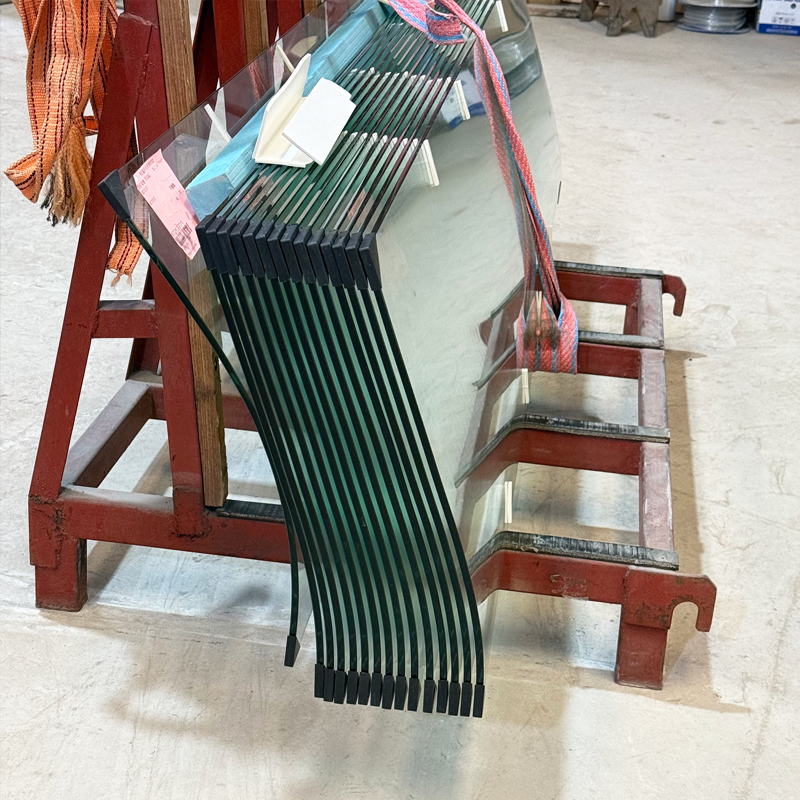
III. The Future: Infinite Possibilities of Technological Integration and Scene
Innovation
As we stand at the crossroads of technological iteration, the future of curved tempered glass is moving towards a more intelligent, environmentally friendly, and integrated direction.
Intelligent production will push custom curved tempered glass into the era of "zero error". With the application of digital twin technology, production lines can predict the deformation trend of glass during bending and tempering through virtual simulation and adjust process parameters in advance. In the future, designers only need to input curve parameters into the computer, and custom curved tempered glass can be accurately produced through a fully automated production line, and the production cycle is expected to be shortened from the current 7-10 days to within 24 hours.
The breakthrough of green technology will make curved tempered glass more sustainable. At present, the energy consumed in tempered glass production is mainly used for high-temperature heating, and the new electric auxiliary heating technology can reduce energy consumption by 40%. At the same time, the high proportion reuse of recycled glass has become a reality - through special clarification technology, the doping amount of recycled glass can reach 60%, without affecting the strength and light transmittance of curved tempered glass. It is expected that by 2030, all curved tempered glass production lines in the world will achieve "carbon neutral" production.
Functional integration is another important development direction of curved tempered glass. The integration of transparent conductive film technology will make curved tempered glass a luminous and touchable intelligent interface. The future car windshield may be a custom curved tempered glass display, which can project navigation information in real-time. The curved curtain wall of the building can generate electricity through the photovoltaic layer on the glass surface, becoming a "breathing energy wall".
In terms of scene applications, the will penetrate into more emerging fields. In the aerospace field, lightweight curved tempered glass is expected to replace some metal parts for the design of spacecraft portholes, reducing the weight of the aircraft while improving radiation resistance. In the medical field, custom curved tempered glass with antibacterial coating can be made into curved operating table baffles, which not only ensures transparent vision but also can effectively inhibit the growth of bacteria.
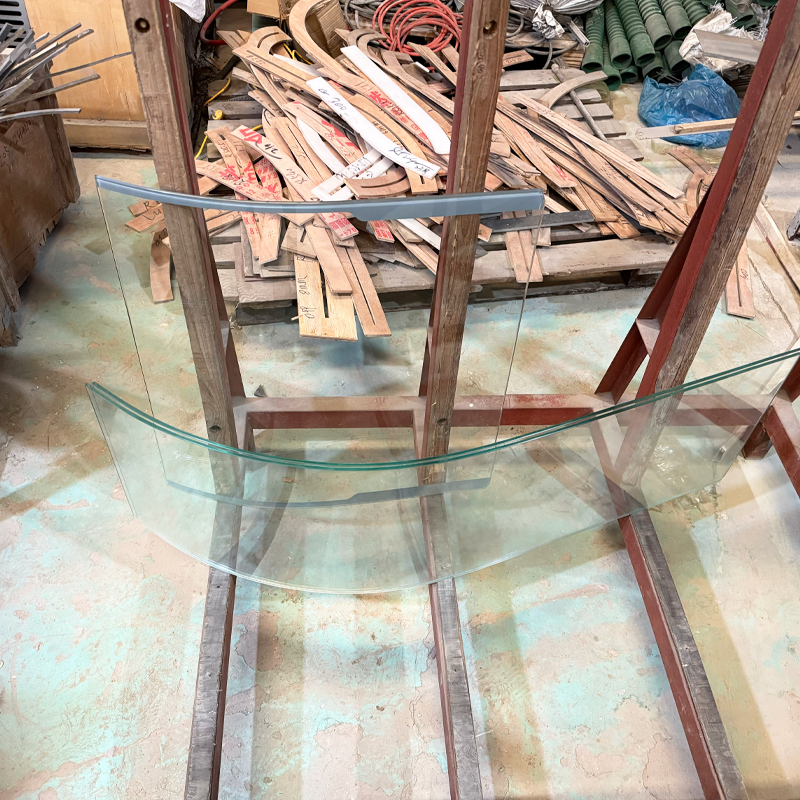
From the technological germination in the 19th century to the wide application in the 21st century, the "past and present" of curved tempered glass is a symbiotic history of materials science and design aesthetics. It takes the toughness of tempered glass as the bone and the softness of the curved shape as the soul, finding a perfect balance between the precision of industrial production and the agility of artistic creation. In the future, with the continuous breakthrough of technology, curved tempered glass will not only become the "cornerstone" of more innovative designs but also, with the customization advantage of custom curved tempered glass, let every curve carry humanity's infinite imagination of a better life.
